Introduction
Welcome to our comprehensive guide on sliding wardrobes, a chic and practical storage solution that can revamp your space. This guide will equip you with the knowledge you need to make informed decisions, whether you're considering a DIY project or hiring professionals. We'll cover the basics of sliding wardrobes, their benefits, how to choose the right one for your space, popular styles and designs, the installation process, and essential maintenance tips.
Understanding the Basics of Sliding Wardrobes
Sliding wardrobes are a stylish and practical storage solution. The doors, typically 7-9 feet high, run on slide fittings with wheels on the top, allowing the door to hang and slide smoothly. The sliding shutter should be made from Block Board for maximum resistance against bending. A brush should be installed in the space between the doors to prevent dust from entering. It's also recommended to avoid locks on sliding doors to prevent damage. Lastly, the side of the sliding door should have an overlap on the carcass, housing a brush and a stopper cum closer for dust prevention and secure closure.
Benefits of Sliding Wardrobes
Sliding wardrobe doors offer numerous benefits. They provide stunning aesthetics, with sleek designs that can complement any home style. They are highly practical, offering easy access to your clothes and efficient use of space. The design options are numerous, catering to diverse tastes. Sliding doors distribute weight evenly, avoiding the strain on hinges common with traditional doors. They also create an illusion of more space in your room, especially when mirror-fronted.
Choosing the Right Sliding Wardrobe for Your Space
Choosing the right sliding wardrobe for your space involves several considerations. First, decide where to install your sliding wardrobe doors. This could be a wall-to-wall, wall to end panel, or inside a pre-made frame installation. Measure the width and height of your door wardrobes. The number of doors in your system is also crucial. If you plan to install an interior storage system later, ensure you have enough space to open drawers and other components. Consider the size of your bedroom door to avoid ordering panels that are too wide. For a smooth process, consider ordering made-to-measure sliding wardrobe doors from a trusted manufacturer.
Factors to Consider
When choosing a sliding wardrobe, consider the size of your room. For smaller spaces, single or sliding door wardrobes are ideal. Measure the width, depth, and height of the space you have, allowing extra room for hinges and assembly. Also, consider the floor space in front of your wardrobe. Sliding wardrobes are a great option if you have limited space as they don't require extra inches for outward-opening doors. The interior of the wardrobe is also important. If you prefer folding to hanging, opt for a wardrobe with ample drawer space. If you have lots of coats and dresses to hang, a taller wardrobe with two rails would be best.
Popular Styles and Designs
Sliding wardrobes come in various styles and designs, adding both function and style to your space. Glass sliding doors offer understated elegance, while frosted glass provides a modern touch. Mirrors on sliding doors can create an illusion of a larger space. Playful combinations of mirrors and wood or other materials can create a unique impact. Themed sliding doors can add a personal touch to your room. Geometric patterns are trendy, and wardrobes with such designs can add a modern feel. Natural themes are also popular, with designs that incorporate elements of nature.
Installation Process of Sliding Wardrobes
Installing sliding wardrobes involves a series of steps. First, measure and cut the tracks to fit the opening. Install the top track, ensuring it's offset by 5mm from the door face. Next, install the door, taking care not to damage the bottom rollers. Install the bottom track, ensuring it's parallel to the top track. Finally, adjust the door position for a snug fit. Additionally, you can install a universal soft closer for a smoother operation. Remember to use a level to ensure the door is plumb and a detector to avoid electrical wiring during installation.
DIY vs. Professional Installation
Choosing between DIY and professional installation for your sliding wardrobe is a significant decision. DIY can save on labor costs and offer a sense of achievement, but it requires time, patience, and the right tools. Professional installation, on the other hand, provides expertise, ensures accurate measurements, and often includes guarantees. However, it comes at a higher cost. The choice depends on your skills, time availability, and budget.
Step-by-Step Guide to DIY Installation
Our DIY fitted wardrobes are designed for easy assembly and installation by a keen DIYer. We provide comprehensive installation guides for different components such as custom-sized double-sided and single-sided doors, floor to ceiling stanchions, hanger bars, shelf brackets, shoe racks, and trouser racks. If you encounter any issues or need advice during the installation process, our sales team is readily available to assist you.
Maintaining Your Sliding Wardrobe
Maintaining your sliding wardrobe doors is crucial for their longevity and smooth functionality. Regular cleaning, particularly of the tracks and rollers, prevents friction and ensures smooth sliding. Alignment and adjustment are also key, as doors may become misaligned over time, causing them to stick. In some cases, replacement of parts like rollers, tracks, or panels may be necessary. By following these maintenance tips, you can keep your sliding wardrobe doors in optimal condition for years to come.
Cleaning and Care Tips
Maintaining your sliding wardrobe involves several key steps. First, clean your mirrored sliding doors regularly to keep them sparkling and clear. Wood frames and doors require special care to prevent damage and maintain their appearance. It's also crucial to keep the tracks and rails in good condition for smooth operation. Lastly, ensure your soft-close mechanism remains functional and quiet. Regular maintenance will extend the life of your sliding wardrobe and keep it looking its best.
Troubleshooting Common Issues
Sliding wardrobes, like any other home feature, may require occasional repair. Common issues include bent or damaged tracks, dirty rollers, mismatched wheels, rusted or broken rollers, and broken glass. A bent track can impede the sliding of your wardrobe door, while dirty rollers can make it difficult to slide the door open and closed. Mismatched wheels can cause the door to jump off the track, and a rusted or broken roller requires replacement. Broken glass is a safety concern and requires careful handling. It's advisable to hire professionals for complex repairs to avoid further damage.
Conclusion
In conclusion, sliding wardrobes are a versatile and stylish storage solution that can transform your space. From understanding the basics to choosing the right design, installation, and maintenance, every step is crucial in ensuring your wardrobe serves you well for years to come. Whether you opt for a DIY installation or hire professionals, the key is to ensure accurate measurements and proper maintenance. With a variety of styles and designs available, you can find a sliding wardrobe that perfectly complements your home and meets your storage needs. Remember, a well-maintained sliding wardrobe not only enhances the aesthetics of your room but also ensures smooth functionality and longevity.
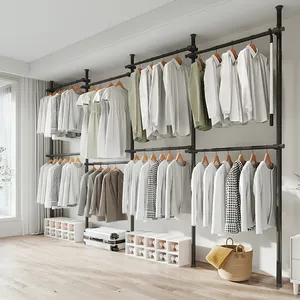
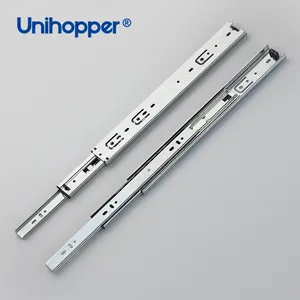

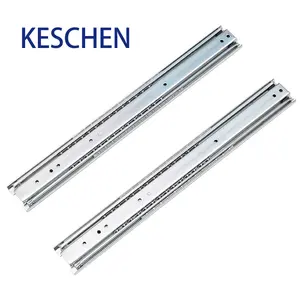

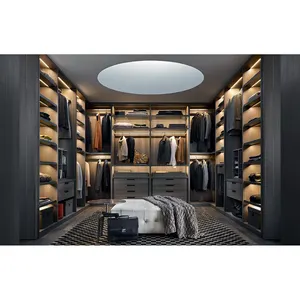







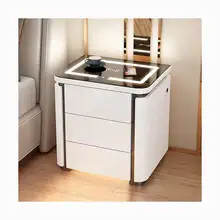






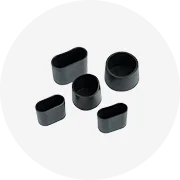
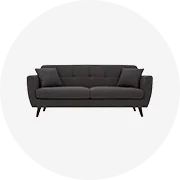
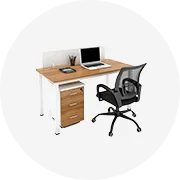

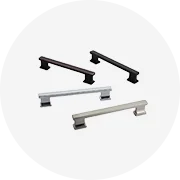
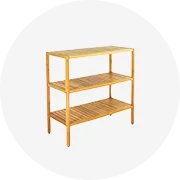
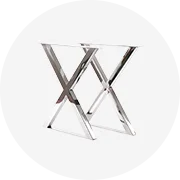
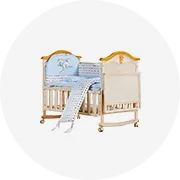








 浙公网安备 33010002000092号
浙公网安备 33010002000092号 浙B2-20120091-4
浙B2-20120091-4